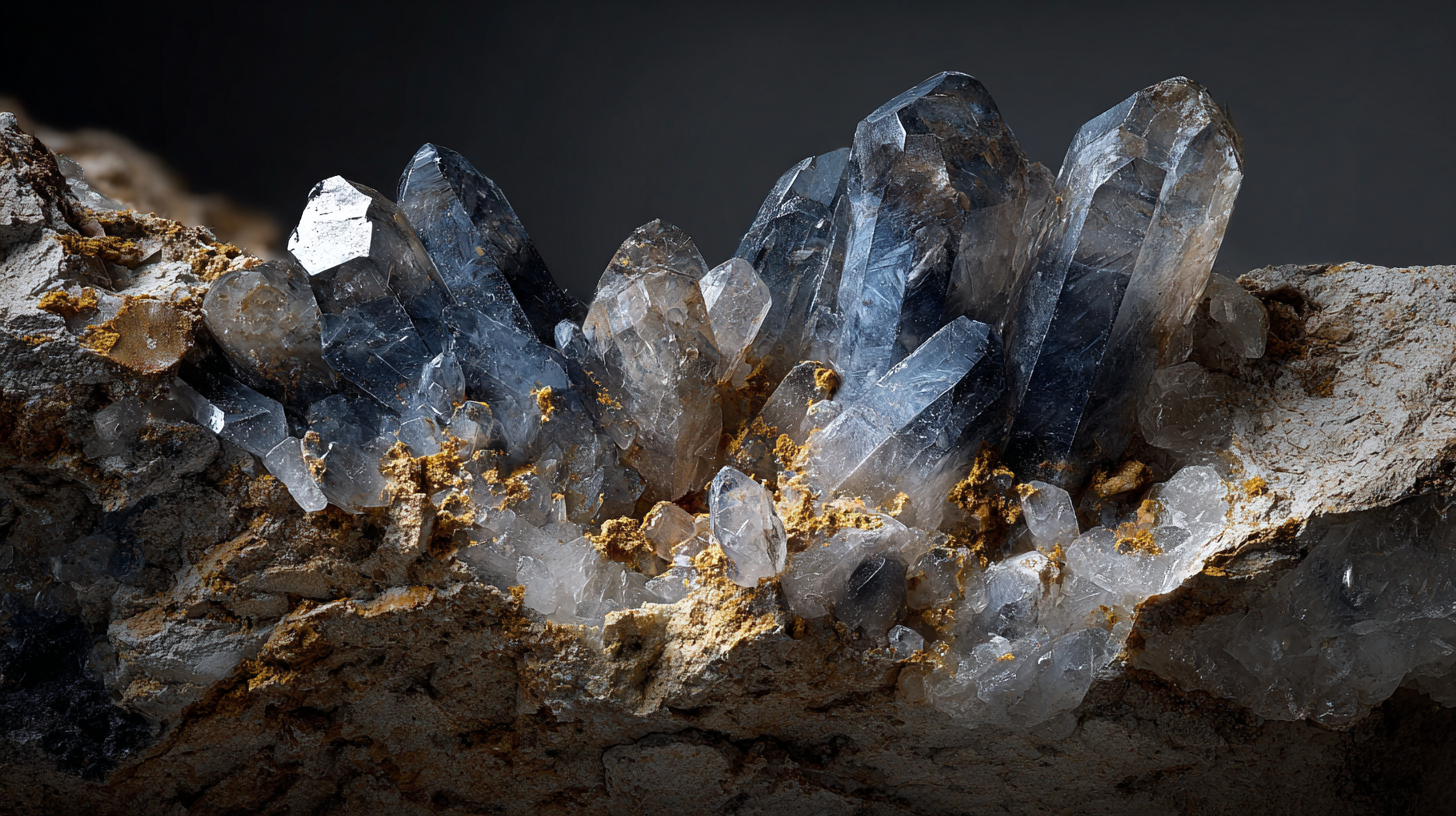In a move with broad implications for the future of global supply chains and the defence technology sector, President Donald Trump and Australian Prime Minister Anthony Albanese have signed a new agreement on critical minerals. This collaboration was unveiled at the White House on October 20, 2025, and establishes a formal partnership with a project pipeline that could reach $8.5 billion.
Though the White House described the agreement as a framework, officials in both countries confirmed immediate capital is forthcoming for key initiatives. Over the next six months alone, the agreement will facilitate joint investments of more than $3 billion, with Australia and the U.S. directly contributing at least $1 billion in the near term. Much of this funding will be deployed into advanced processing and mining projects focused on rare earths and other critical minerals essential for high-tech manufacturing and defence, including electric vehicles, robotics, and semiconductors.
The U.S. Export-Import Bank is prepared to offer at least $2.2 billion in letters of interest for project loans, which could unlock up to $5 billion in further investment. Alcoa and other major industrial players are already involved, with a particular emphasis on new rare earths separation facilities and a gallium refinery in Western Australia. The Pentagon is backing the gallium project, targeting a refinery output of 100 metric tons annually, a move that will significantly enhance non-Chinese supply for this vital semiconductor and electronics material.
This agreement comes as the global race to secure critical minerals intensifies. China continues to dominate rare earth processing and recently implemented strict export controls, escalating trade tensions with the U.S. and its allies. The new U.S.–Australia framework marks a decisive shift away from Chinese supply chain dependence and signals a new era of industrial cooperation between Western allies.
The market outlook is robust: rare earths and related minerals are used in everything from precision-guided missile systems to wind turbines and next-generation batteries. With rising geopolitical risk and acute supply chain vulnerabilities exposed, government-backed efforts like this one are set to redefine project financing and resource development models. The pipeline also includes a three-country venture involving the U.S., Australia, and Japan, integrating expertise and industrial capacity across the Pacific.
From the investor’s perspective, the partnership is about more than near-term capital flows. It reflects a “friend-shoring” philosophy, rerouting core inputs for modern industrial economies through trusted democratic partners. This is expected to benefit not only major participants like Alcoa but also small and micro-cap mining companies able to secure public or strategic backing for projects in Australia and allied regions. With the right execution, these upstream investments could set the stage for renewed growth and improved supply security throughout the clean energy and technology sectors
